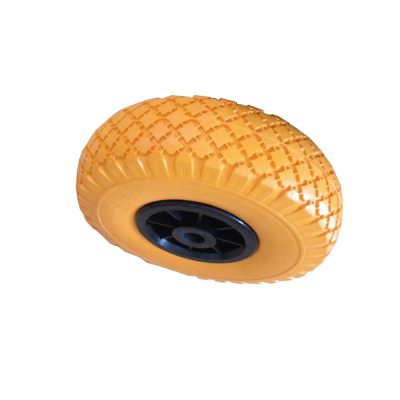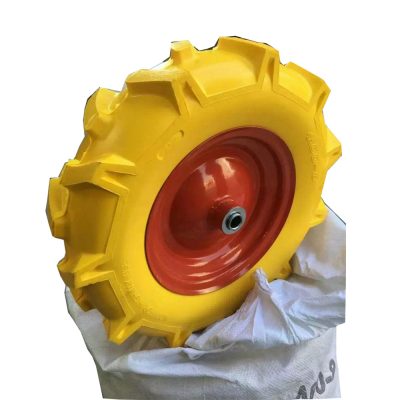Ergonomics plays a crucial role in the design of comfortable industrial trolleys. Prioritizing ergonomic design not only enhances the well-being and safety of workers but also contributes to increased productivity and efficiency in the workplace. Here’s how the power of ergonomic design can transform industrial trolleys:
- Reduced Physical Strain: Ergonomic trolley design takes into account the natural movements and capabilities of workers. Trolleys with adjustable handle heights, proper weight distribution, and comfortable grip options help reduce strain on muscles and joints during pushing, pulling, and maneuvering.
- Improved Posture: Ergonomically designed trolleys encourage workers to maintain proper posture while operating the equipment. This can minimize the risk of musculoskeletal disorders and other injuries caused by poor posture over extended periods.
- Enhanced Comfort: Ergonomic features such as padded handles, vibration-damping materials, and shock-absorbing wheels contribute to increased comfort during trolley operation. Workers are less likely to experience discomfort or fatigue during their tasks.
- Optimized Maneuverability: Ergonomically designed trolleys often include features like swivel casters, easy-turn wheels, and well-balanced designs. These features enhance maneuverability, making it easier for workers to navigate tight spaces and corners.
- Customization for Workers: Ergonomic trolleys can be adjustable to accommodate workers of different heights and sizes. This personalization ensures that each worker can find a comfortable and ergonomic setup that suits their needs.
- Reduced Injury Risk: By minimizing awkward postures, repetitive motions, and excessive force during trolley operation, ergonomic design can significantly lower the risk of injuries like strains, sprains, and repetitive stress injuries.
- Increased Productivity: Comfortable trolley design allows workers to perform their tasks more efficiently and with less fatigue. This improved comfort level can lead to increased productivity and throughput.
- Boosted Morale: Providing workers with ergonomic tools demonstrates that their well-being is a priority for the organization. This can lead to higher job satisfaction, improved morale, and a more positive work environment.
- Safety Enhancement: Ergonomically designed trolleys often incorporate safety features like effective braking mechanisms, stability enhancements, and anti-tip designs. These features contribute to a safer working environment.
- Long-Term Health Benefits: Prioritizing ergonomics in trolley design can contribute to the long-term health and well-being of workers. This, in turn, leads to reduced absenteeism, lower turnover rates, and fewer workplace-related health issues.
- Compliance with Regulations: Many jurisdictions have regulations and guidelines related to ergonomics in the workplace. Designing trolleys with ergonomic considerations helps ensure compliance with these regulations and promotes a safer working environment.
- Innovation and Technological Integration: Ergonomic trolley design can also involve incorporating modern technologies such as smart handles, adjustable features controlled by sensors, and other innovations that enhance usability and comfort.
By prioritizing ergonomic design principles, industrial trolleys can become more than just utilitarian tools—they can contribute to the overall well-being and satisfaction of the workforce while positively impacting productivity and safety within the workplace.



















